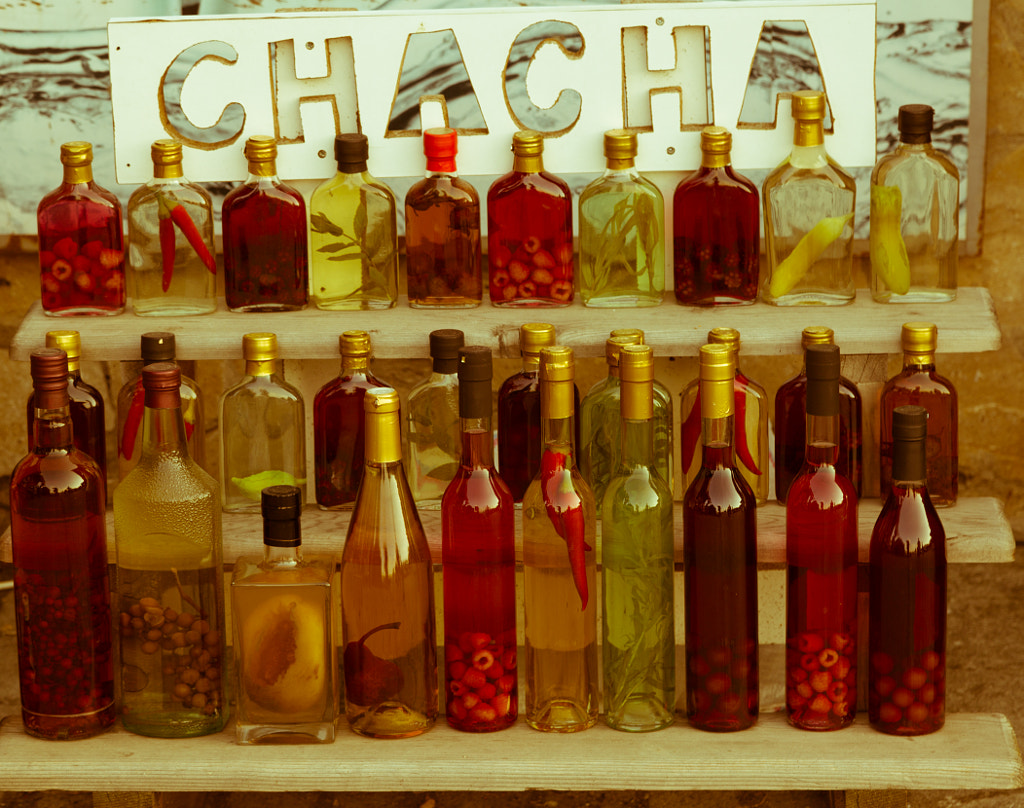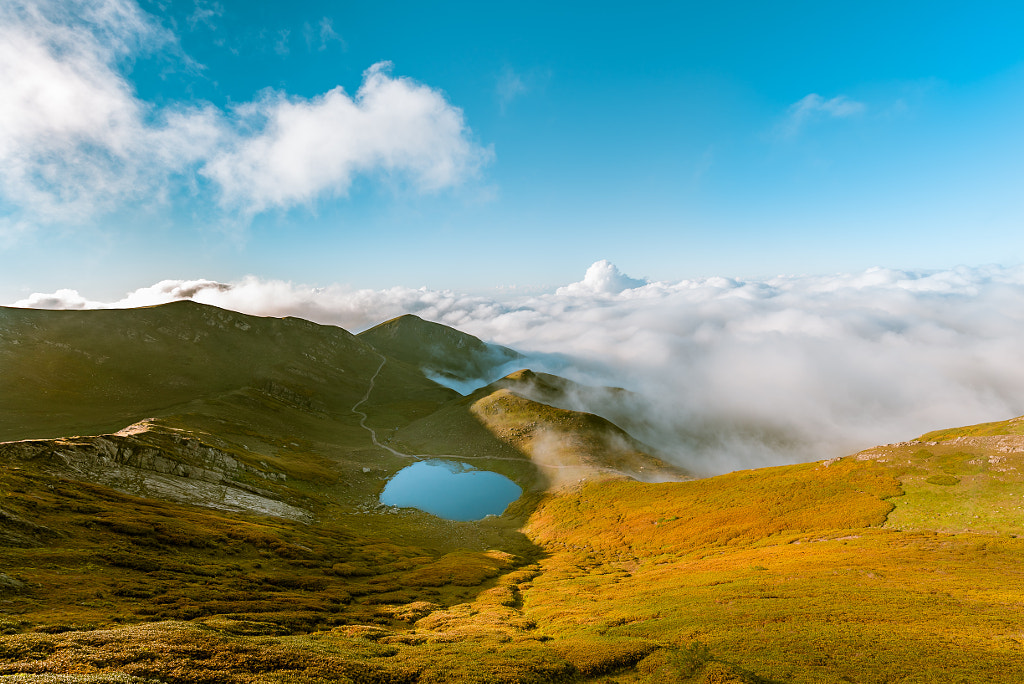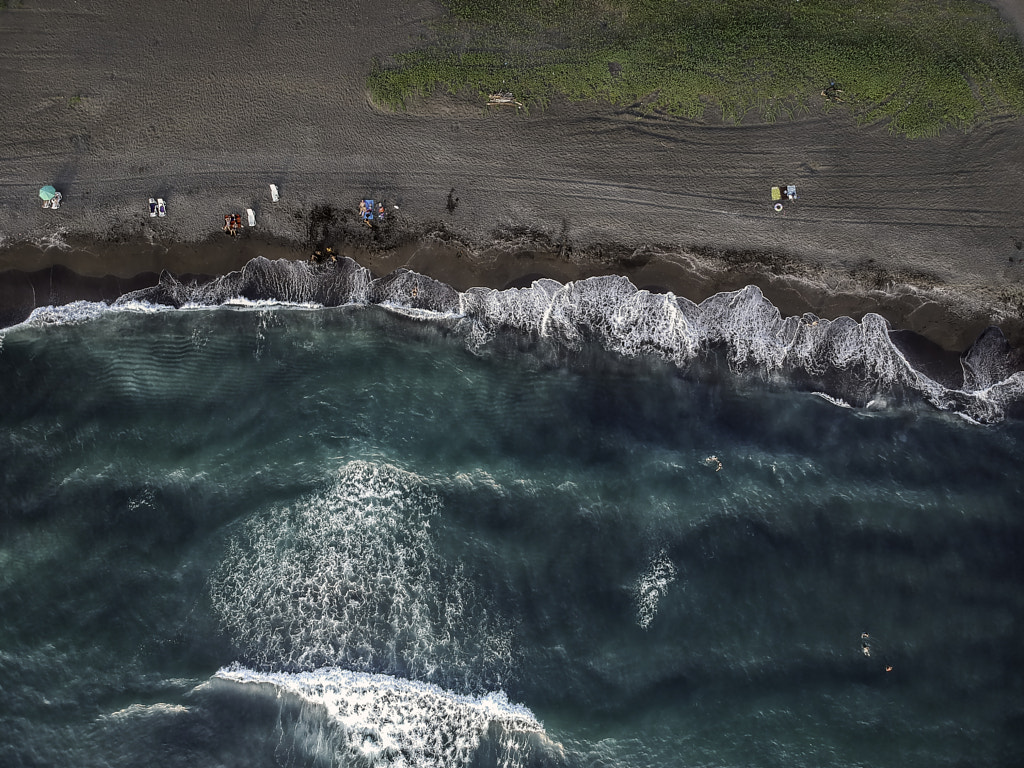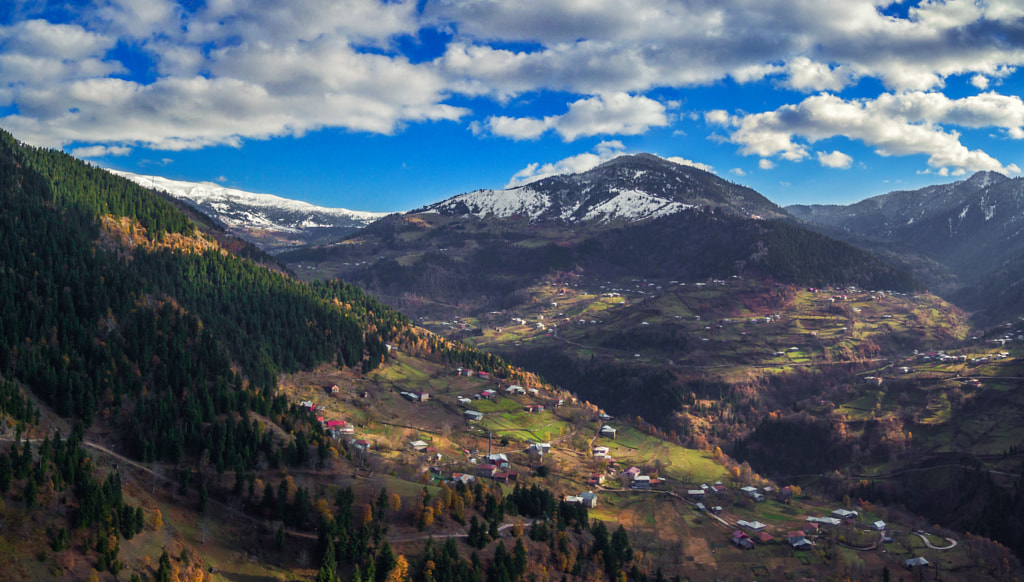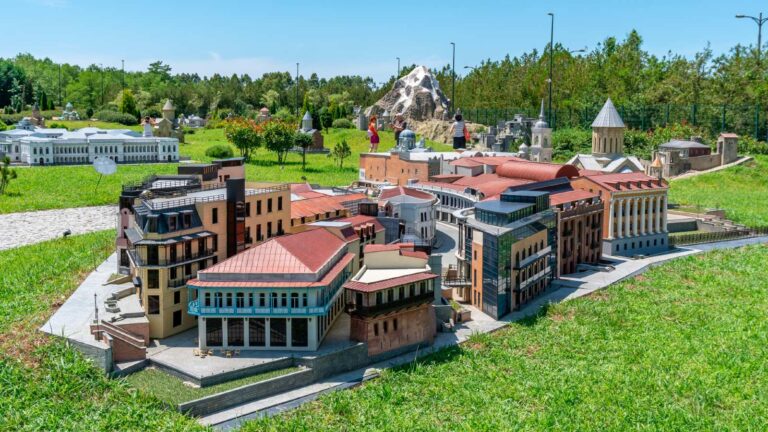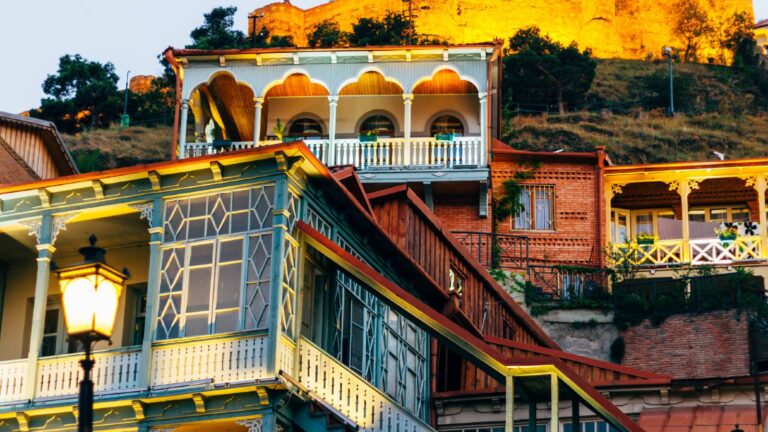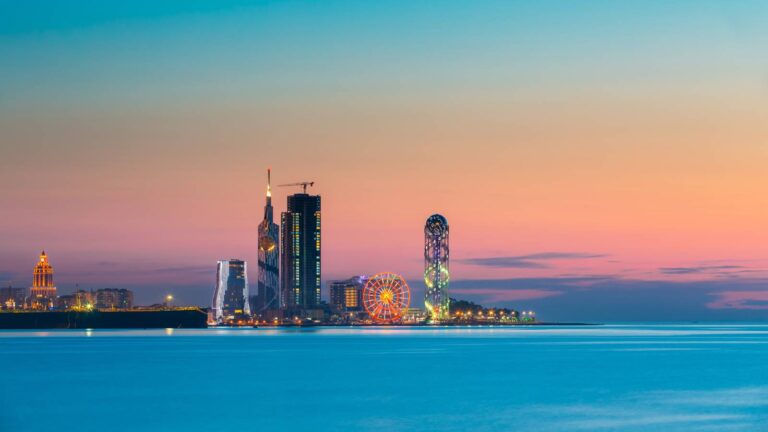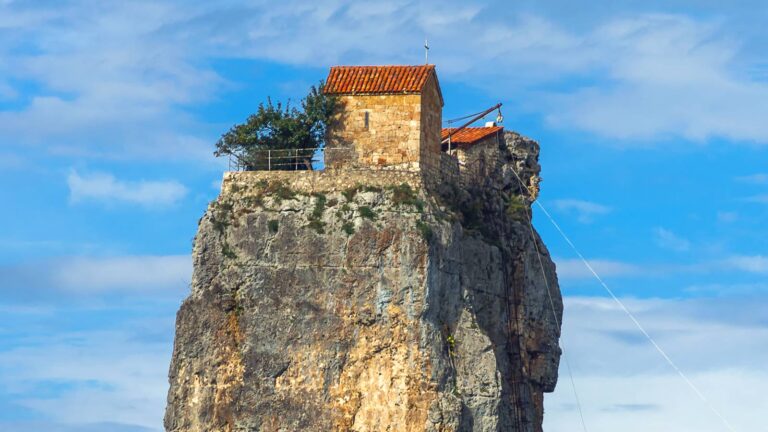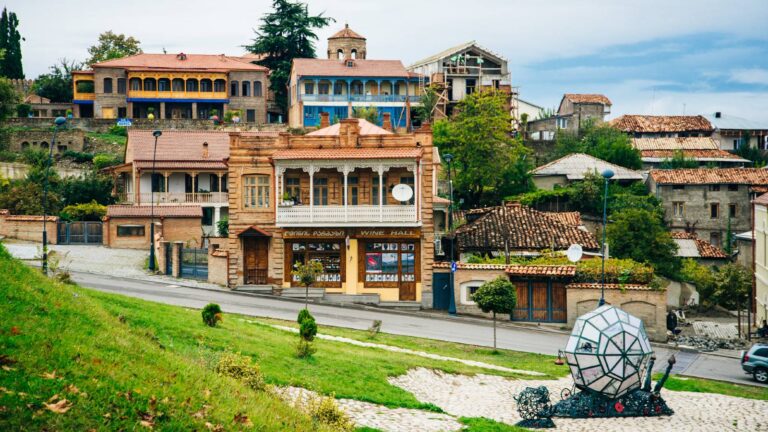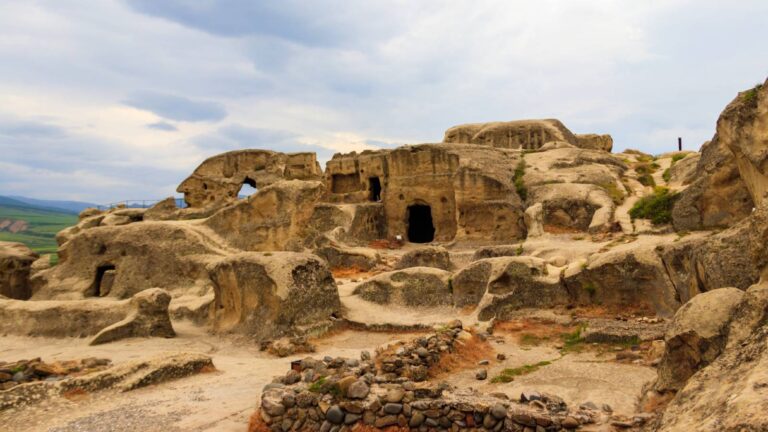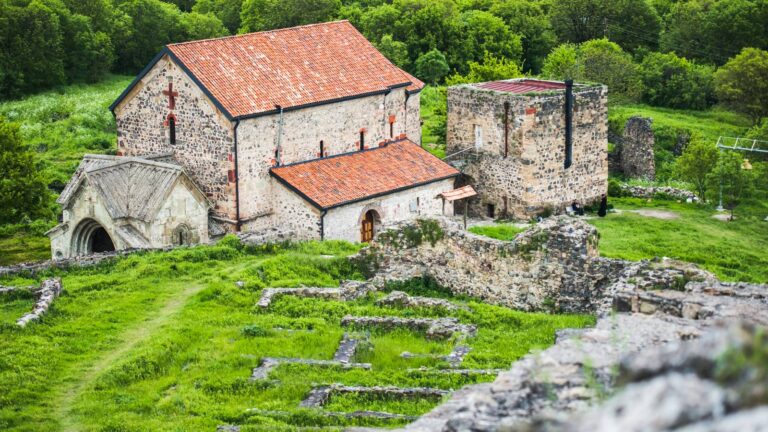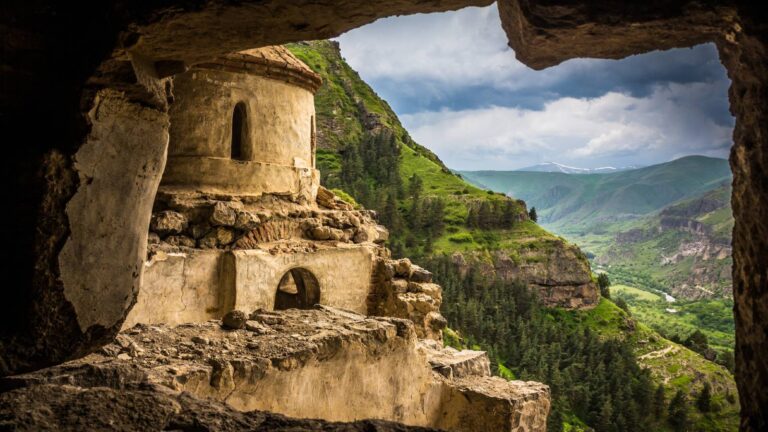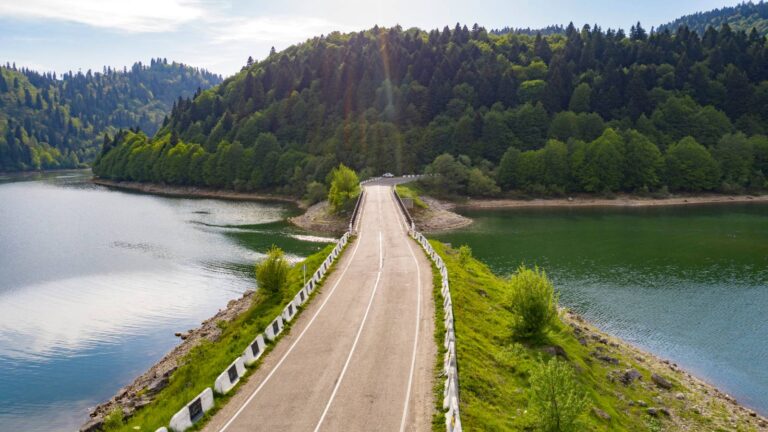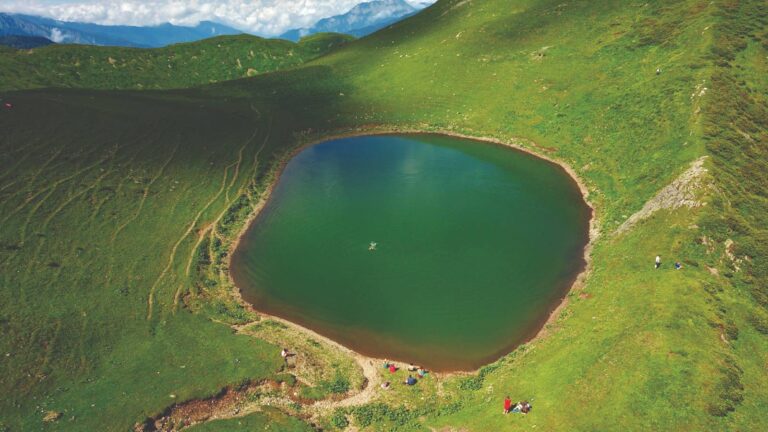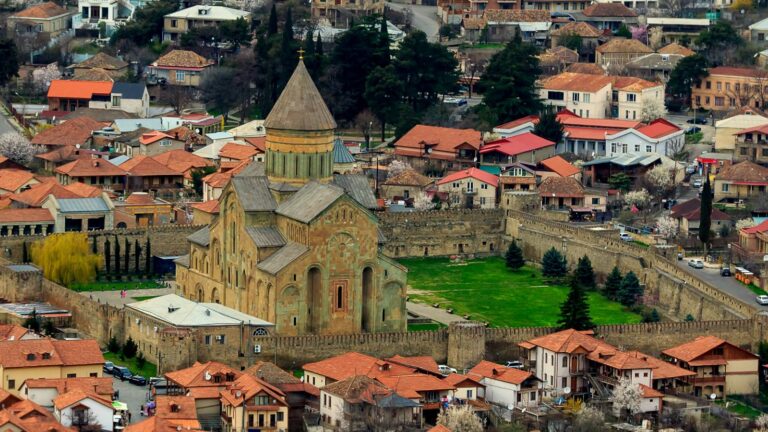Minibuses from Tbilisi to Guria run on a regular basis: “Sadguri Square” Bus Station; “Didube” Bus Station (4, Karaleti Str). Taxis can also be hired. Tbilisi Central Railway Station is served by trains on a daily basis.
There’s plenty to keep you busy in Guria, whether you’re into hiking, skiing, paragliding, kayaking, fishing, or just relaxing at the beach. Hosts will give you a warm and joyful welcome, and without any doubt, will encourage you to try local dishes.
Nature
- Bakhmaro
- Gomi mountain
- Lake Jaji
- The waterfall of Askani
- The canyon of Sakvikhia
- Chinchao Lake
- Sakdare mountain
- Sanislia
- Korbude
Cultural monuments
- The monastery complex of Jumati
- Sameba – The monastery complex of Jikheti
- Achi church
- Likhauri church
- Erketi church
- Udabno monastery
- The Shemokmedi monastery complex
- The urban archeology of Vashnari
- The fortress of Askana
- The fortress of Tamar
- St. George church of Dvabzu
- St. Mary church of Likhauri
- St. Marine church of Ozurgeti
- Eristavi fortress
- Zoti fortress
- Likhauri fortress
Resorts
- Bakhmaro
- Nabeghlavi
- Gomismta mountain
- Ureki
- Grigoleti
- Shekvetili
- Nasakirali
- Vakijvari
- Tskaltsminda
Human life in Guria can be traced back to the Lower Paleolithic period. The process of consistent development of cultures continues throughout the Bronze Age and after that too. The material discoveries in Ureki-Tsvermaghala show the strengthening of the kingdom of Colkha and iron production in western Georgia (half of II millennium BC – I half of I millennium BC).
In the VI century, the successor of the Kolkha kingdom, Egrisi was developed in western Georgia. Guria was included in this territory too. After the collapse of Lazika, the area between Rioni and Chorokhi was given to Guria. This site was less populated, but Guria progressed with the feudalization of the country.
Guria mainly became strong in the VII-VIII centuries. The period is also relating to the strengthening of church and monastery life here.
Firstly, Guria was mentioned with this name in the VIII century. In the feudal period, this region was established as one of the Saeristavo of Georgia. Guria first appeared as e fief of the Vardanidze-Dadiani’s house in 1352. It became the independent sovereign principality of Georgia in 1463. After that, the house has been known by the name of Gurieli.
The principality, comprising modern Guria and much of Adjara with Batumi, was subsequently reduced in size and devastated in a series of conflicts with the Ottoman Empire.
The protectorate treaty, established between Mamia V Gurieli and Russia, concluded on June 19, 1810. In 1829, during the regency of the last prince, the Gurieli David, the principality was annexed by Russia.
Nowadays, Guria is one of the most significant treasures of Georgia.
Guria’s is charming with the picturesque local villages, characterized by the green yards with wooden houses, popular “Guruli Oda,” and high corn barns.
Staring at this breathtaking landscapes is one of the warmest feelings, soothing one’s mind.
The region is rich with ancient traditions. Music has always played an essential role in Guria. Enchanting harmonies intertwine the different melodies and create unique traditional songs. Music still plays a large part in local traditions and events nowadays.
Celebrations and Festivals
Guria is popular with cheering festivals. The holidays involve the whole community and provide great entertainment for locals and visitors as well. One of the joyful and colorful festivals is “Kalanda,” a local Christmas event.
Locals celebrate grape-harvesting with the event called “Aguna.”
Gurians enjoy sports too. For instance, “Lelo,” a rugby-like game dating back to ancient times, is still played at Easter in some remote villages.
The village Shukhuti holds a unique festival, where two teams from neighboring villages scrum with each other. The game includes carrying the send-filled, wine-soaked ball, which weighs 16kg. There is no set number of players – the bigger, the better, as it increases the chances of winning.
Guria is located in western Georgia, on the Black Sea coast. It shares a border with Samegrelo to the north, Imereti to the east, Samtskhe-Javakheti in the south-east, Adjara to the south, and the Black Sea on the west. The administrative center of Guria is Ozurgeti.
Part of Guria is located on the Odish-Guria lowland and the other part on the northern slopes of the Meskheti Range. From the total area of the region, 15,000 ha Includes the Kolkheti National Park.
The region is rich with rivers (the main ones are Sufsa and Natanebi), beautiful small lakes, and mineral waters(the most famous is Nabeghlavi.)
By natural conditions, the region is divided into plain and mountainous sides. The coastal areas are characterized by a humid subtropical climate, with mild hot summers and mildly cold winters. The mountain climate is characterized by mild warm summers and mildly cold winters.
The mountainous part of Guria is characterized by a combination of sea and mountain air. The average annual temperature is 12-14 ℃
Guria is the birthplace of Georgian tea.
The region rich with citrus plantations and fruit gardens, plus a wide range of local products like tea, nuts, grapes, and corn.
Subtropic farming and tourism are a mainstay of the region’s economy. Water is one of Guria’s main assets. The province is famous for the mineral water of Nabeglavi, which is similar to Borjomi in its chemical composition, and the Black Sea health resort of Ureki, with the healing, magnetic sand.

